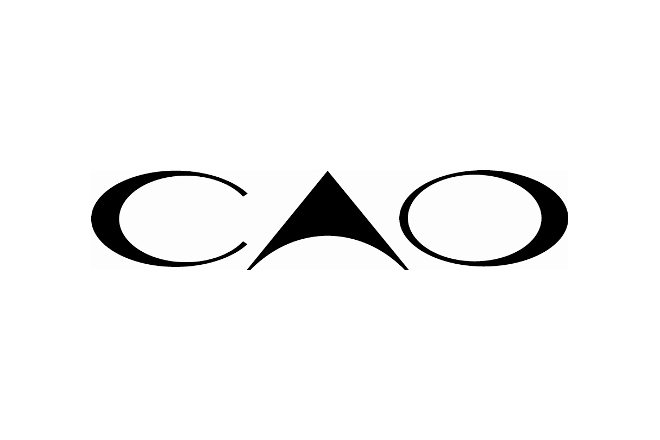When I first heard about the CAO Amazon Series, I thought it was nothing more than a marketing ploy, an opinion that was proven wrong after I actually tasted the blend.
After all, the company was very specific about how hard it was to procure the Brazilian tobacco that makes the blend unique when I visited its booth at the 2014 IPCPR Convention & Trade Show; in fact, 40 percent of the filler in the original release of the CAO Amazon Basin was made of Bragança, a special tobacco grown in the Amazon Rain Forest and harvested just once every three years.
Here are some additional details about the Brazilian Bragança tobacco:
Unlike traditional tobacco plantations where the plants are arranged in neat rows, these seeds are planted wherever there is available sunlight. Once harvested, the leaves are rolled by hand into tubes called carottes and undergo six months of natural fermentation, a technique similar to that of Andullo tobacco. Once fermented, it takes four to six weeks to get them from forest to factory, a process that involves being hand carried to the river, put into canoes and rowed to the mainland, then driven to the port and shipped to Nicaragua where they are made.
While the 6 x 52 Amazon Basin was the first release in the series, General Cigar Co. announced that the company would create a trilogy of cigars surrounding the debut blend. Those cigars turned out to be the Amazon Fuma Em Corda—which consisted of two different vitolas, a 5 x 50 Robusto and a 6 x 58 Toro that are named after the fermenting process for the arapiraca tobacco from the Brazilian state of Alagoas—and the Amazon Anaconda, which combines the Brazilian Bragança tobacco from the Amazon Basin and Fuma em Corda tobacco.
Fast forward to this year’s IPCPR Convention & Trade Show, when General showed off the fourth brand in the line: Orellana, which gets its name from the Spanish explorer and conquistador Francisco de Orellana, who discovered the Amazon River and was the first to travel its entire length in 1542. As with the rest of the releases in the line, the main visual distinction of the cigars is a thin rope of tobacco that is wrapped around the length and glued down, eventually forming a sort of band near the cap.
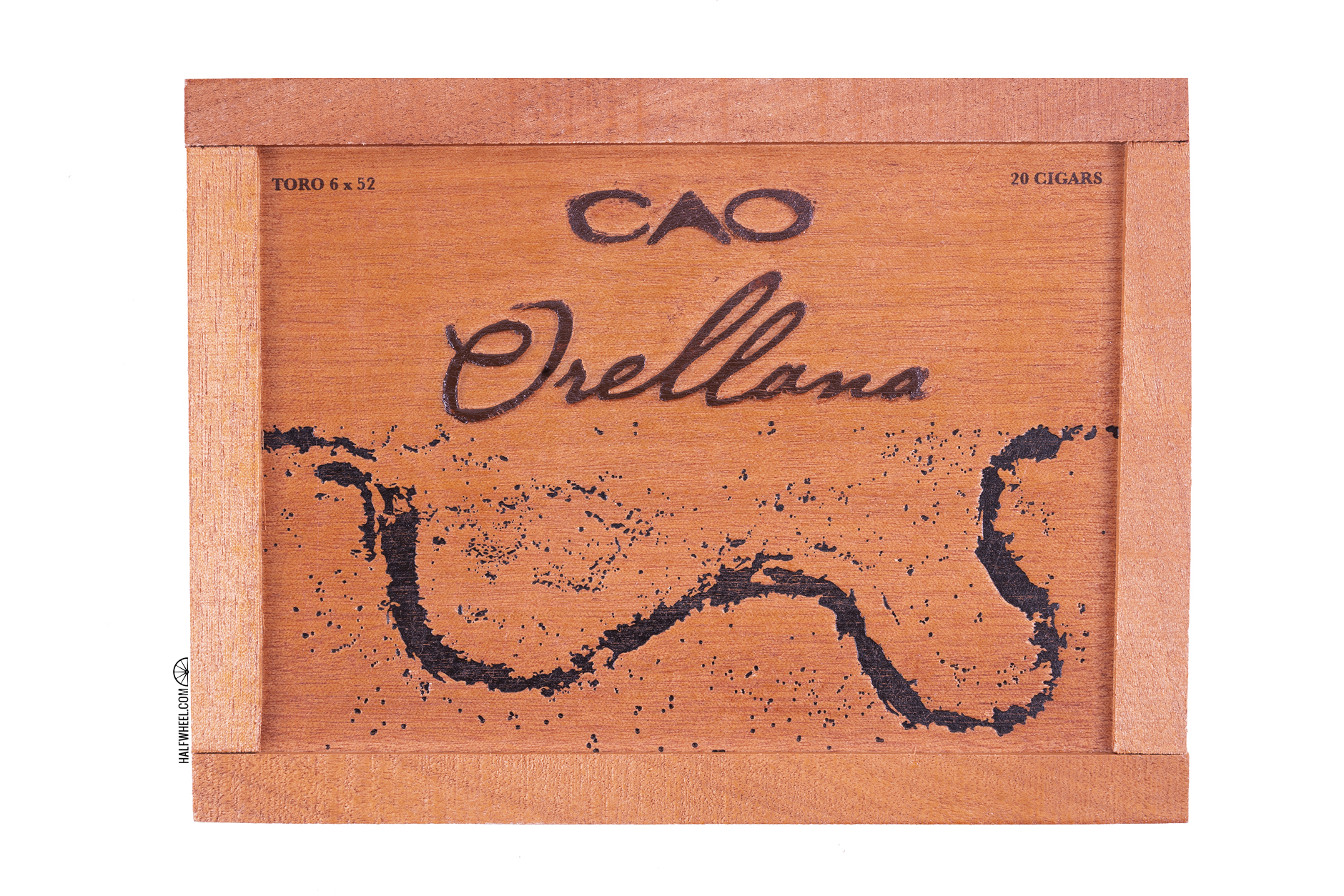
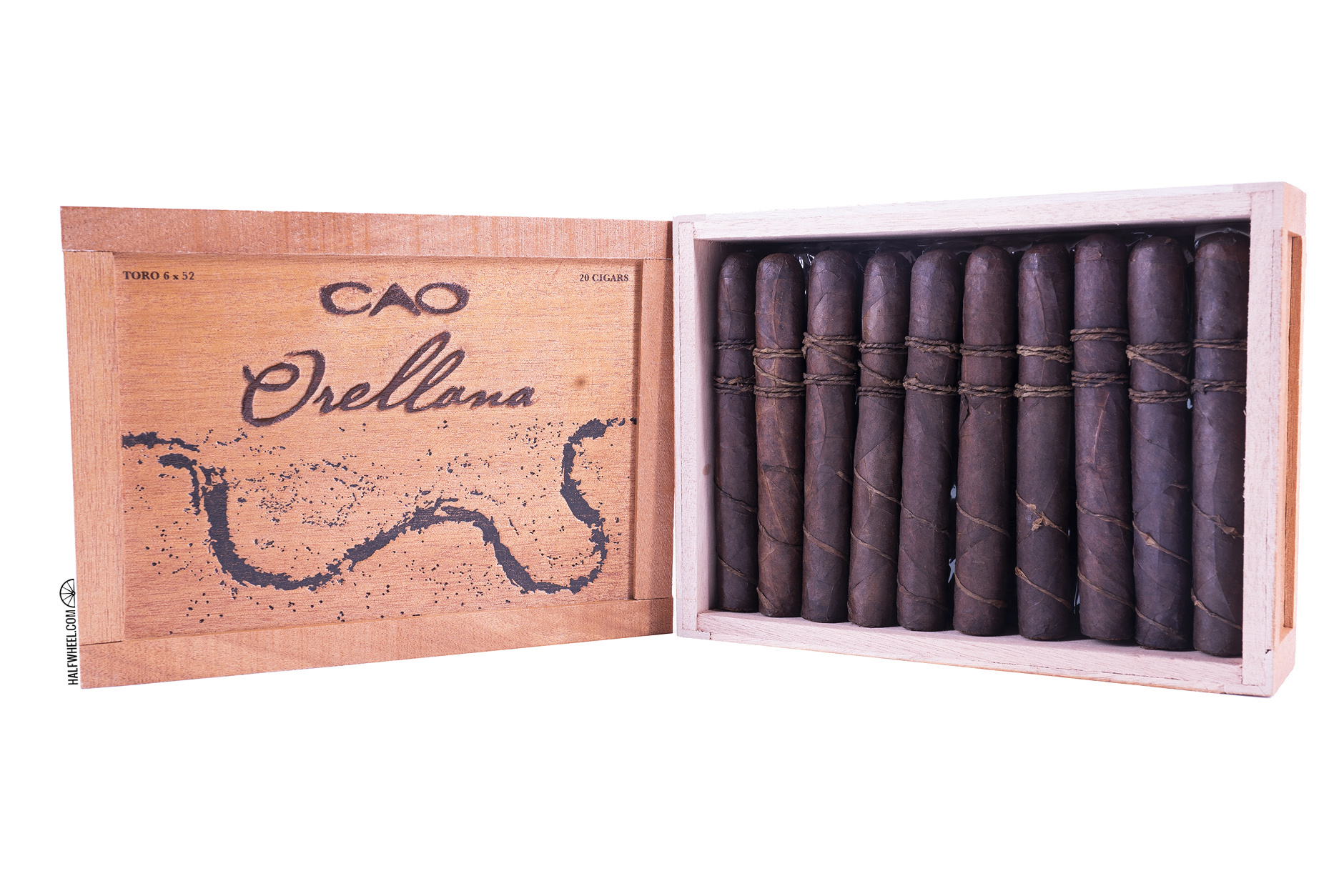
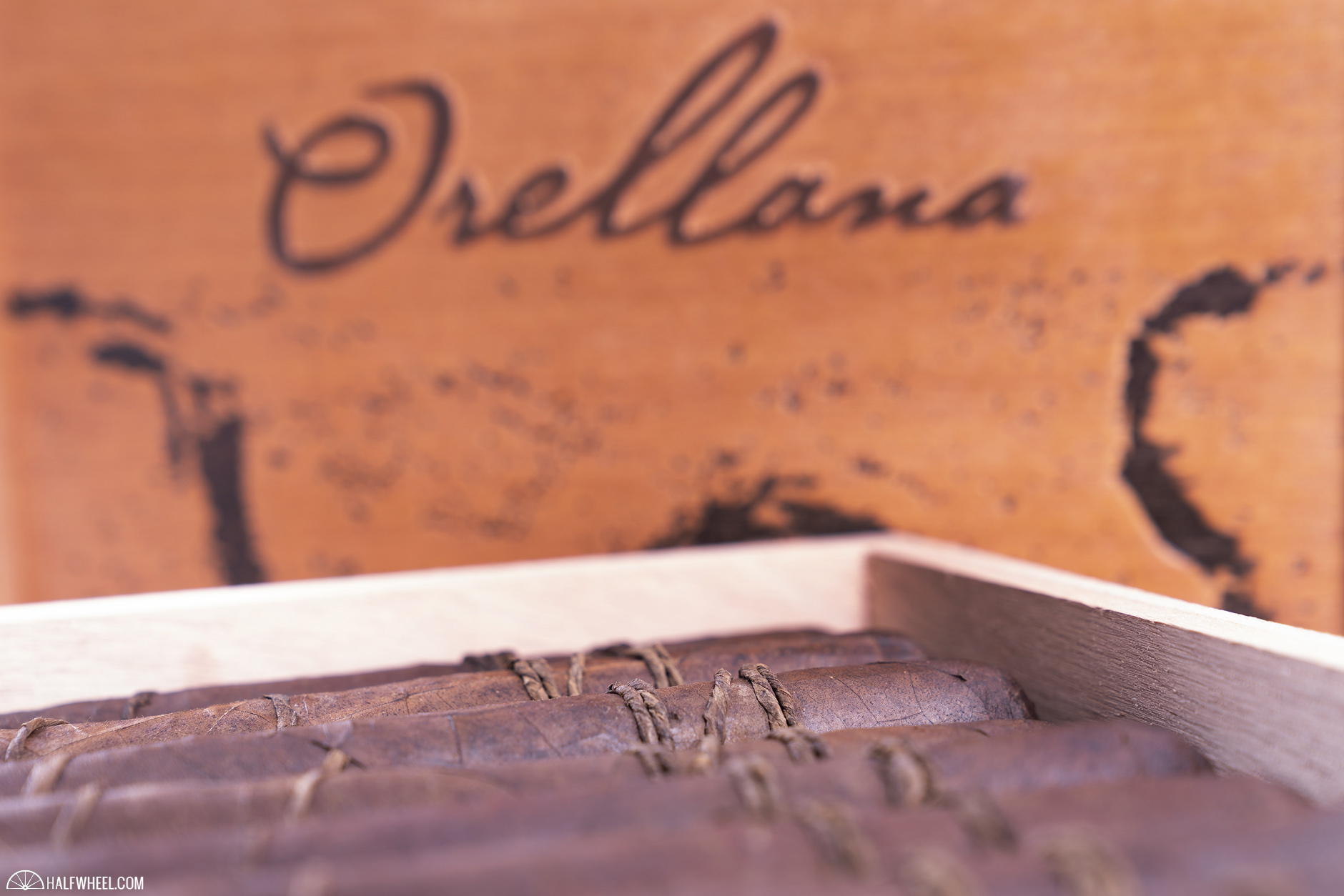
The CAO Orellana is rolled at General’s STG Estelí factory in Nicaragua and is packaged in boxes of 20 with each cigar retailing for $11. The cigars shipped to retailers in September, although so far the number of cigars being released remains undisclosed.
There have now been five cigars in for different releases sold under the Amazon Basin line:
- CAO Amazon Basin (6 x 52) — $10.25 (Boxes of 18, $184.50)
- CAO Amazon Fuma Em Corda Robusto (5 x 50) — $8.99 (Boxes of 20, $179.80)
- CAO Amazon Fuma Em Corda Toro (6 x 58) — $10.49 (Boxes of 20, $209.80)
- CAO Amazon Anaconda (6 x 52) — $10.49 (Boxes of 20, $209.80)
- CAO Orellana (6 x 52) — $11 (Box of 20, $220)
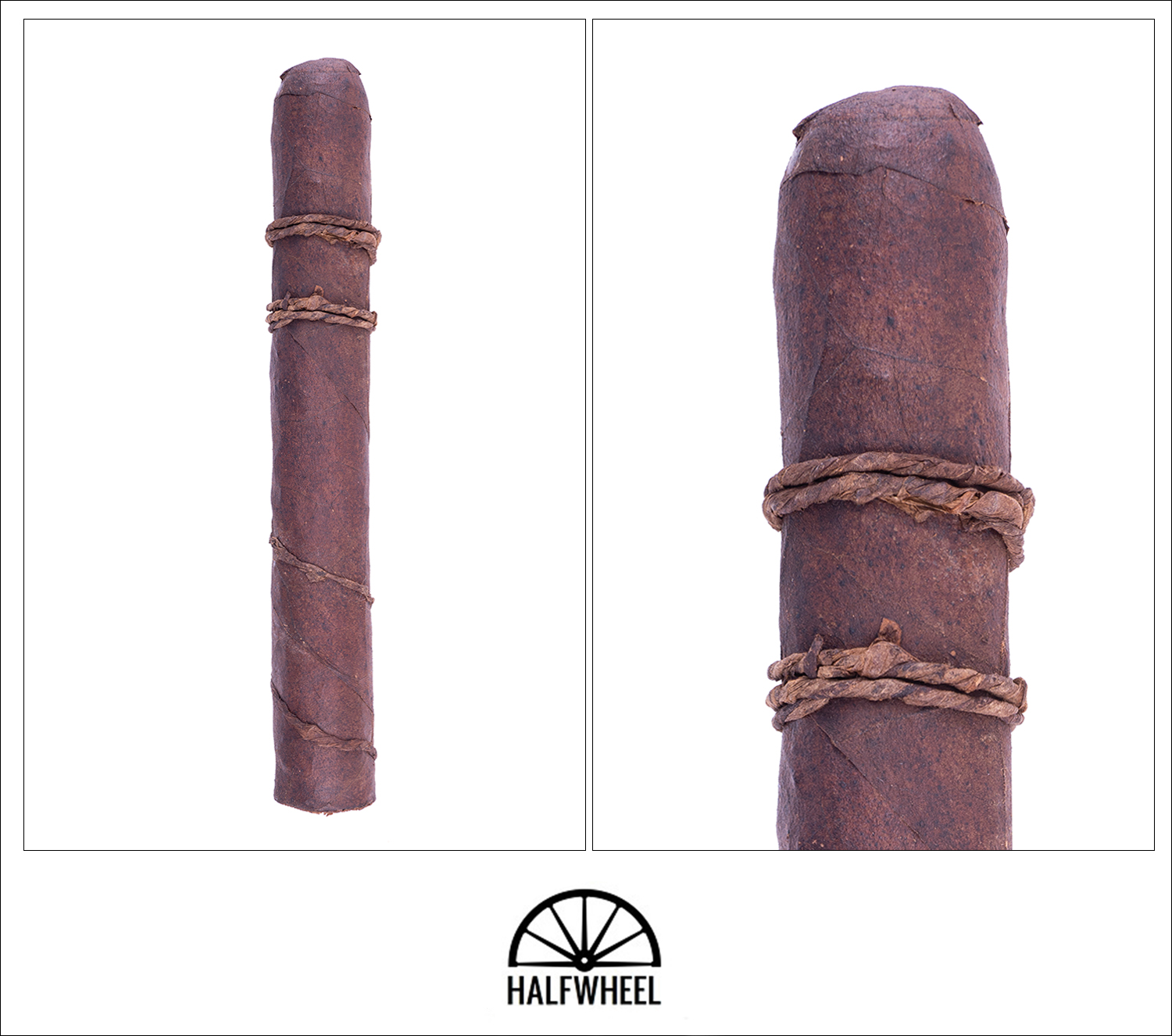
- Cigar Reviewed: CAO Orellana
- Country of Origin: Nicaragua
- Factory: STG Estelí
- Wrapper: Brazil (Cuban-seed)
- Binder: Undisclosed
- Filler: Undisclosed
- Length: 6 Inches
- Ring Gauge: 52
- Vitola: Toro
- MSRP: $11 (Box of 20, $220)
- Release Date: Sept. 27, 2019
- Number of Cigars Released: Undisclosed
- Number of Cigars Smoked For Review: 3
There is no doubt that the CAO Orellana—like the others in the Amazon Basin line—is extremely distinctive, mostly due to the lack of a real band, which is replaced by a thin rope of tobacco that winds its way down from the cap to the foot. The wrapper underneath is rough to the touch like sandpaper, dark espresso brown in color and features an abundance of oil. Aroma from the wrapper is a combination of sweet manure, earth, leather, dark chocolate and black pepper, while the cold draw brings flavors of strong cocoa nibs, dry tea leaves, barnyard, earth, licorice and vanilla sweetness.
The CAO Orellana quickly starts off with a dominant dried tea leaf note pulled from the cold draw followed by earth, creamy peanuts, hay, ground coffee beans, cinnamon and touch of cardboard. There is a nice amount of maple sweetness on the finish, a slight spice on my tongue and some fairly aggressive black pepper on the retrohale. Construction-wise, the burn is far from razor sharp so far—but also far from needing to be touched up—and the draw is excellent after a straight cut, while the smoke production is massive coming off of the foot. The overall strength starts off close to medium and does not move much by the time the first third comes to an end.
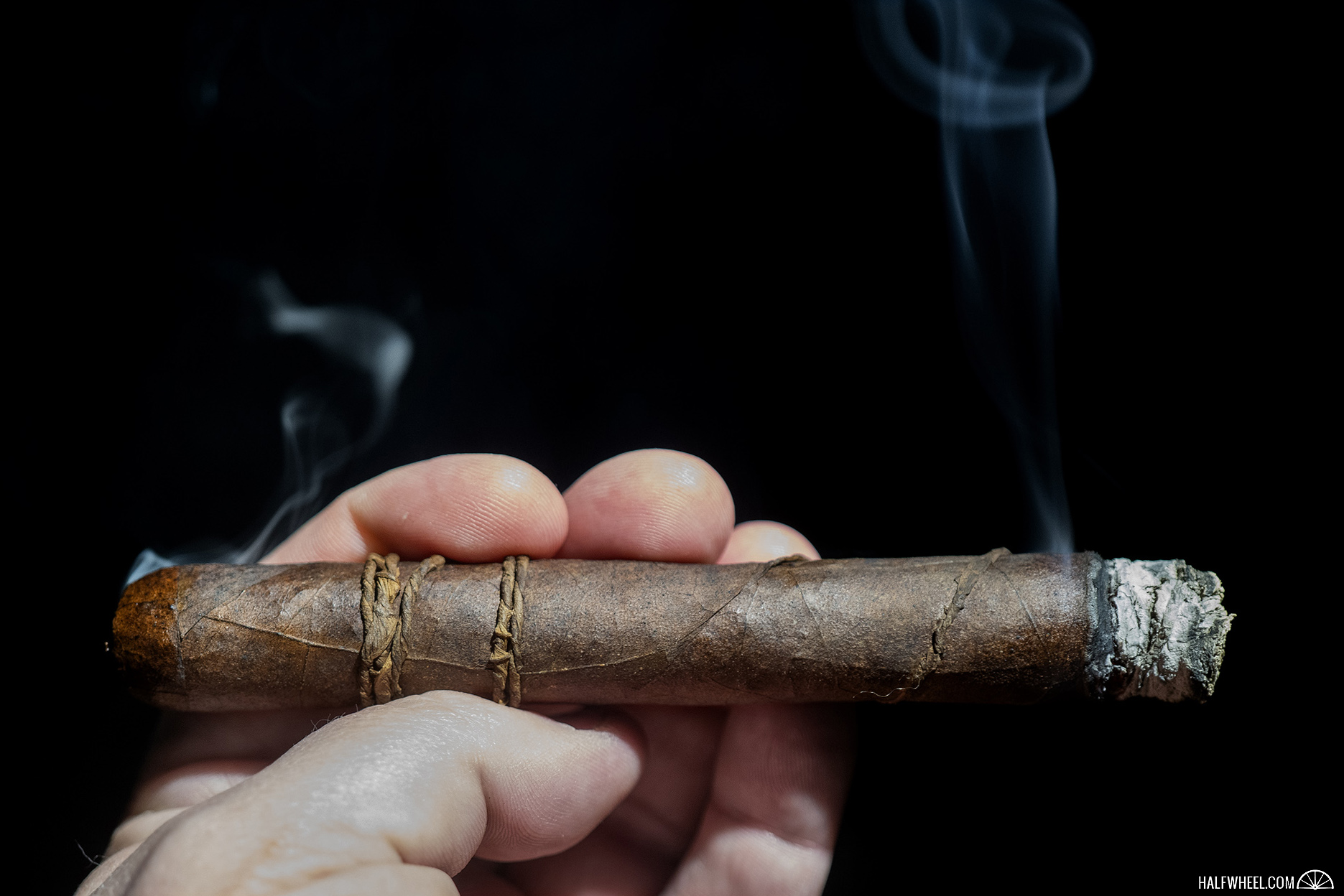
While it is far from taking over the top spot, I taste a bit of mint on the palate as the second third of the CAO begins, but the dominant note morphs into a distinct mocha coffee flavor followed by aromatic cedar, bitter espresso, baker’s spices, earth, hay, cinnamon and dried tea leaves bringing up the rear. The spice on my tongue disappears totally by that halfway point while some remaining black pepper combines with the maple sweetness on the retrohale. Thankfully, the burn improves dramatically, the draw continues to impress and the smoke from the foot is well above average. Strength-wise, the CAO ends the second third just a bit above medium. 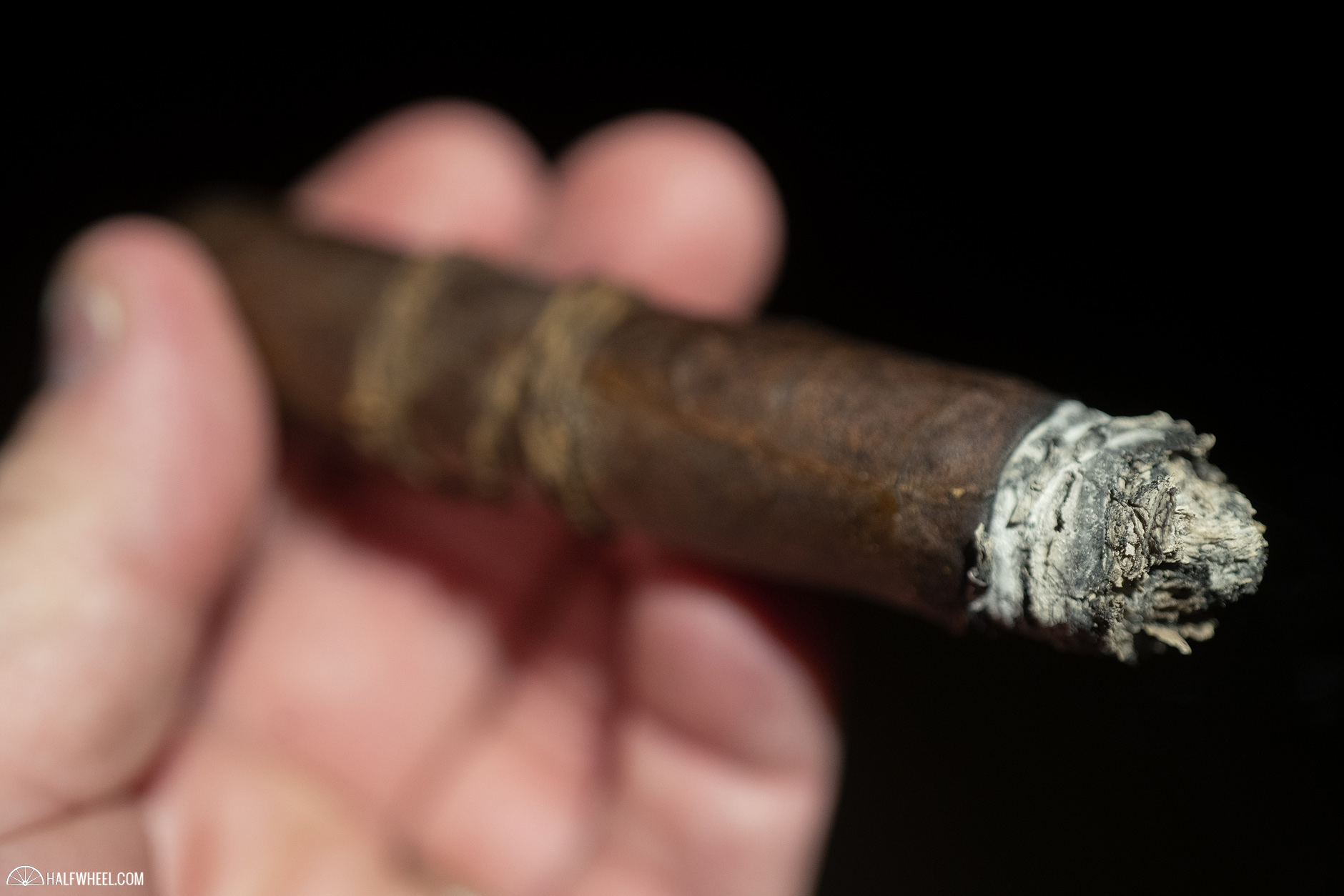
The dominant flavor shifts again in the final third of the cigar, now reminding me more of bitter dark chocolate followed a distinct lemongrass note, as well as cedar, gritty earth, anise, hay, espresso and leather. The maple on the finish is still quite strong, but the black pepper on the retrohale diminishes noticeably. In terms of construction, the draw continues to impress, but the burn starts to waver a bit again, forcing me to touch it up to avoid it getting out of control. Finally, the strength increases noticeably, hitting a point closer to the full mark than medium as the final third finishes and I put the nub down when the burn reaches the line of tobacco.
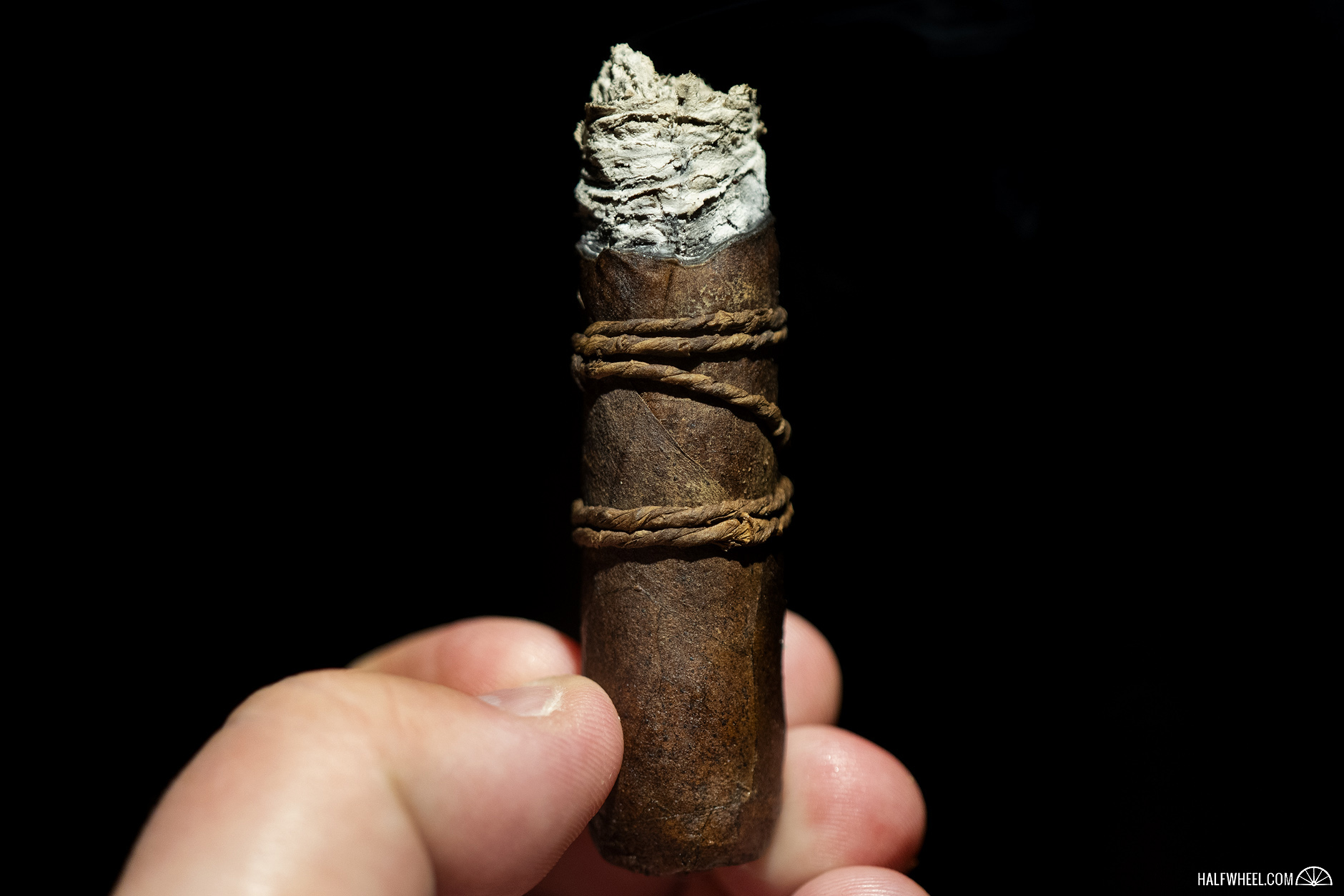
Final Notes
- The twisted tobacco wrapped around the cigar is a very distinctive look, but one of my samples did have an issue where it came unglued and started unraveling a bit before I started smoking.
- As mentioned above, the overall look of all of the Amazon Basin cigars is extremely distinctive, so much so that I can only think of one other release using tobacco in a similar way: namely the Leaf by Oscar series, which features each cigar totally wrapped inside of a separate leaf to tobacco.
- The Amazon Anaconda took the number four spot in halfwheel’s Top 25 list of 2017.
- From earlier reviews, I knew that smoking through the “band” of twisted tobacco near the cap resulted in a bitter note in the profile, so I stopped smoking just before that. Interestingly, I did not detect a significant flavor when smoking through the singular ring of tobacco that winds around the cigar.
- General Cigar Co. advertises on halfwheel.
- The cigars smoked for this review were purchased by halfwheel.
- Final smoking time for all three samples averaged one hour and 53 minutes.
- If you would like to purchase any of the CAO Orellana, site sponsors Atlantic Cigar Co., Corona Cigar Co., Famous Smoke Shop, J.R. Cigars and STOGIES World Class Cigars all have them in stock now.
The cigars in the Amazon Basin line have been some of the best CAOs I have smoked in recent memory, so I was very happy when I found out that I was reviewing the newest release. Other than a slight but persistent cardboard note that showed up in each third in various amounts, the profile was enjoyable: complex, with a constantly changing dominant flavor and distinct maple sweetness on the finish. The construction was fine—albeit with each sample needing at least one touchup—but the draw was excellent throughout and the balance was superb. Is the CAO Orellana as good as the Amazon Basin? No, but it is a very good cigar and easily continues the line’s streak of great releases.


